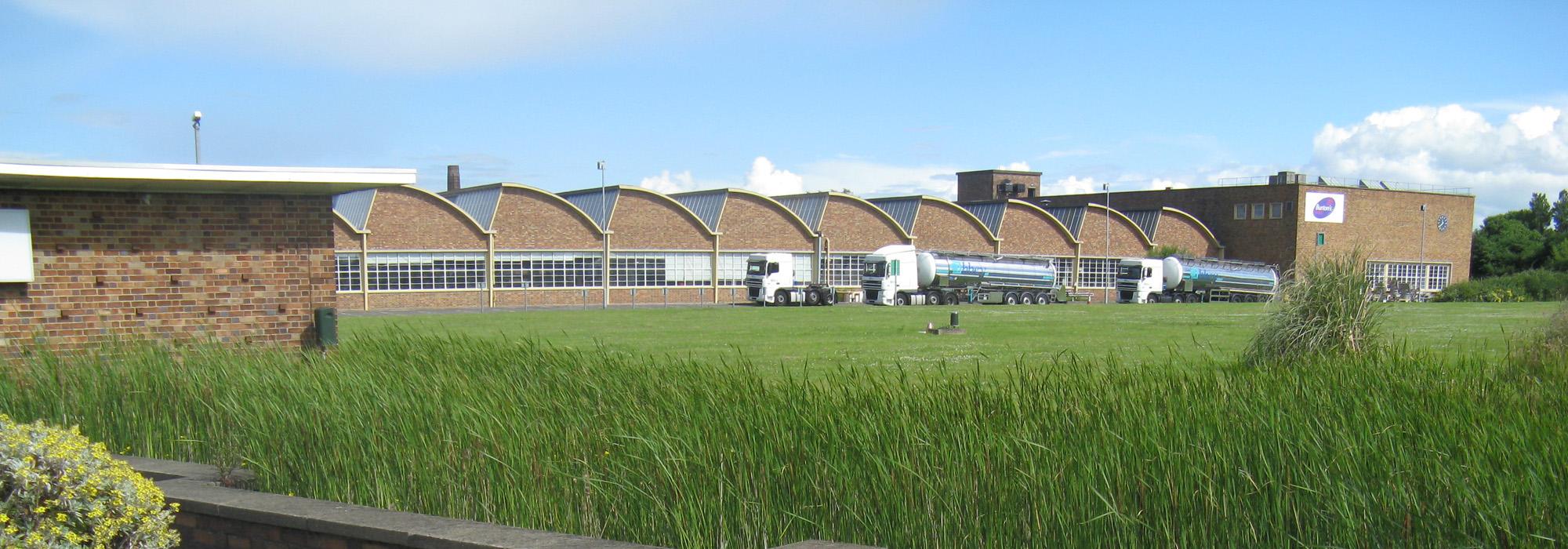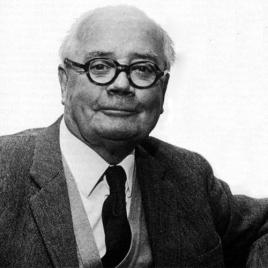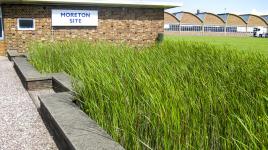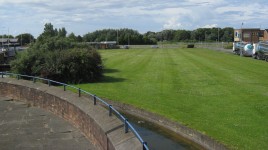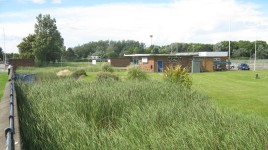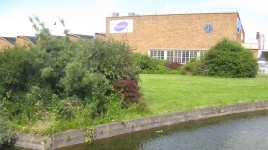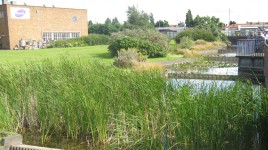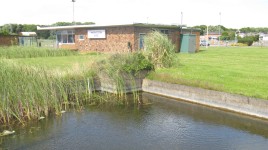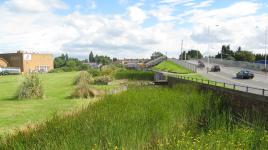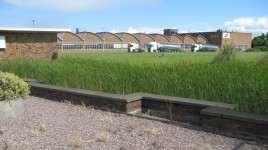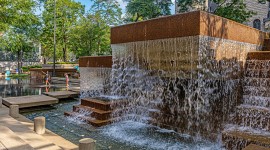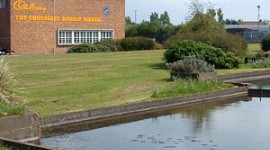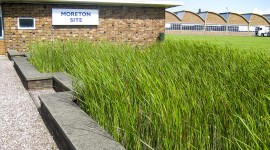Pioneer Information
Born in Chelsea, London and raised in the coastal town of Rustington, England, Jellicoe studied at the Architectural Association in London from 1919 to 1923. Upon graduation, he attended the British School at Rome with fellow student J.C. Shepherd. The pair studied Renaissance gardens, which informed their 1925 publication, The Italian Gardens of the Renaissance. Returning to England, Jellicoe helped establish the Institute of Landscape Architects (now Landscape Institute) in 1929. In the 1930s he partnered with Russell Page and Richard Wilson; the partnership dissolved in the late 1930s at the onset of World War II. During the war Jellicoe helped renovate bomb-damaged properties; afterwards, he lived in Zambia for several years, designing schools, hospitals, airports, and hotels.
His post-war work in England includes the gardens at Sandringham House (now Sandringham House Gardens) at Norfolk; the grounds of the Cadbury Factory at Moreton; the Water Garden in Hemel Hempstead; a memorial to President John F. Kennedy at Runnymede in Surrey; the Shute House Gardens at Church Hill, Shaftesbury; and Moody Gardens in Galveston, Texas. Jellicoe was strongly influenced by the work of Carl Jung, and symbolism and metaphor played a significant role in his designs. He employed water in many of his works as an animating feature.
A prolific writer and theorist, Jellicoe authored more than a dozen publications, including The Landscape of Man (1975), co-written with his wife, Susan. He served terms as the principal of the Architectural Association and president of the Institute of Landscape Architects. In 1948 he served as the founding president of the International Federation of Landscape Architects (IFLA). He was made a Commander of the Most Excellent Order of the British Empire in 1961 and was knighted in 1979. In 1981 he was awarded the ASLA Medal, and in 1991 he was made a Royal Academician of the Royal Academy of Arts. He passed away in Season, Devon at the age of 95.



